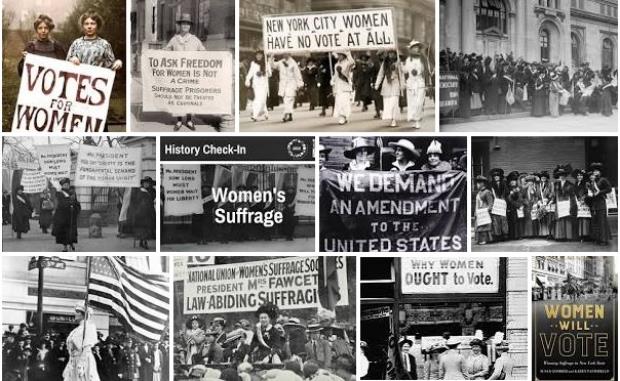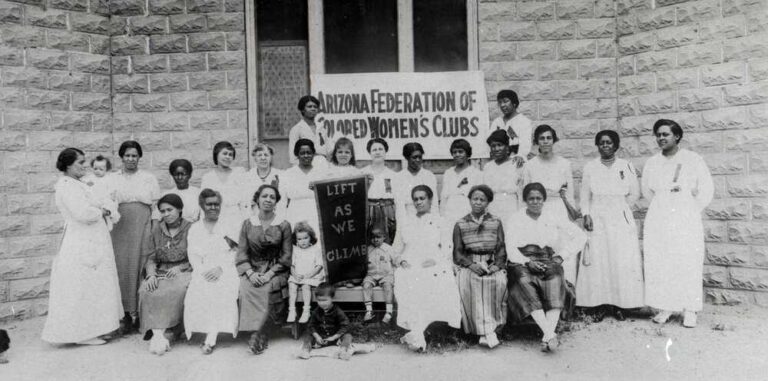Evolution of Women’s Roles in American Culture
Evolution of Women’s Roles in American Culture have undergone profound transformations over the past century. From the early 1900s to the present day, women have fought for and achieved significant advancements in areas such as education, workforce participation, political representation, and societal expectations. This evolution reflects broader societal shifts and changing attitudes toward gender equality. Examining this journey illuminates both the progress made and ongoing challenges faced by women in America.
Table of Contents
1. Early 20th Century.
At the turn of the 20th century, women’s roles were largely confined to the domestic sphere. Social norms dictated that a woman’s primary responsibilities revolved around homemaking and child-rearing. However, the suffrage movement, culminating in the ratification of the 19th Amendment in 1920, marked a pivotal moment. Women gained the right to vote, empowering them to participate in civic life and advocate for their interests.
2. Post-World War II.
The post-World War II era witnessed a shift as more women entered the workforce due to wartime labor shortages. This trend continued into the 1950s and 1960s, spurred by economic growth and changing attitudes. The 1960s also saw the emergence of the feminist movement, demanding equality and challenging traditional gender roles. Key legislation, such as the Civil Rights Act of 1964, prohibited employment discrimination based on gender, further advancing women’s rights.
3. The 1970s and 1980s.
The 1970s and 1980s saw significant strides as more women pursued higher education and entered professions previously dominated by men. Title IX, enacted in 1972, prohibited sex discrimination in education programs receiving federal funding, leading to increased opportunities in athletics and academics. The 1980s saw the number of women in leadership roles grow, exemplified by the first female Supreme Court Justice, Sandra Day O’Connor, appointed in 1981.
4. 1990s and Early 2000s.
The 1990s and early 2000s were marked by debates surrounding work-life balance and gender equality in the workplace. Women increasingly juggled careers and family responsibilities, leading to discussions on parental leave policies and childcare. The Family and Medical Leave Act (FMLA) of 1993 provided job-protected leave for certain family and medical reasons, a crucial step in supporting working women.
Also Check: America’s Education Crisis
5. Present Day.
In the 21st century, women have achieved milestones previously unimaginable. The election of the first female vice president, Kamala Harris, in 2020 marked a historic moment. Despite progress, challenges persist, including the gender wage gap, underrepresentation in certain fields, and ongoing debates over reproductive rights and healthcare access.
6. Intersectionality and Diversity.
The evolving role of women is intricately tied to issues of race, ethnicity, sexual orientation, and socio-economic status. Women of color and those from marginalized communities often face intersecting forms of discrimination, highlighting the importance of inclusive and intersectional feminism.
7. Future Prospects.6
Looking ahead, the role of women in American society will continue to evolve. Advocacy for gender equality remains crucial, including addressing systemic barriers and promoting inclusive policies. Education, mentorship, and community support will play key roles in fostering the next generation of female leaders across all sectors.
Conclusion.
The changing role of women in American society reflects a complex interplay of historical progress, societal shifts, and ongoing challenges. From suffrage to leadership, women have made significant strides, reshaping cultural norms and expanding opportunities. However, true gender equality requires sustained effort and collective action to dismantle barriers and ensure a more just and equitable future for all.








One Comment